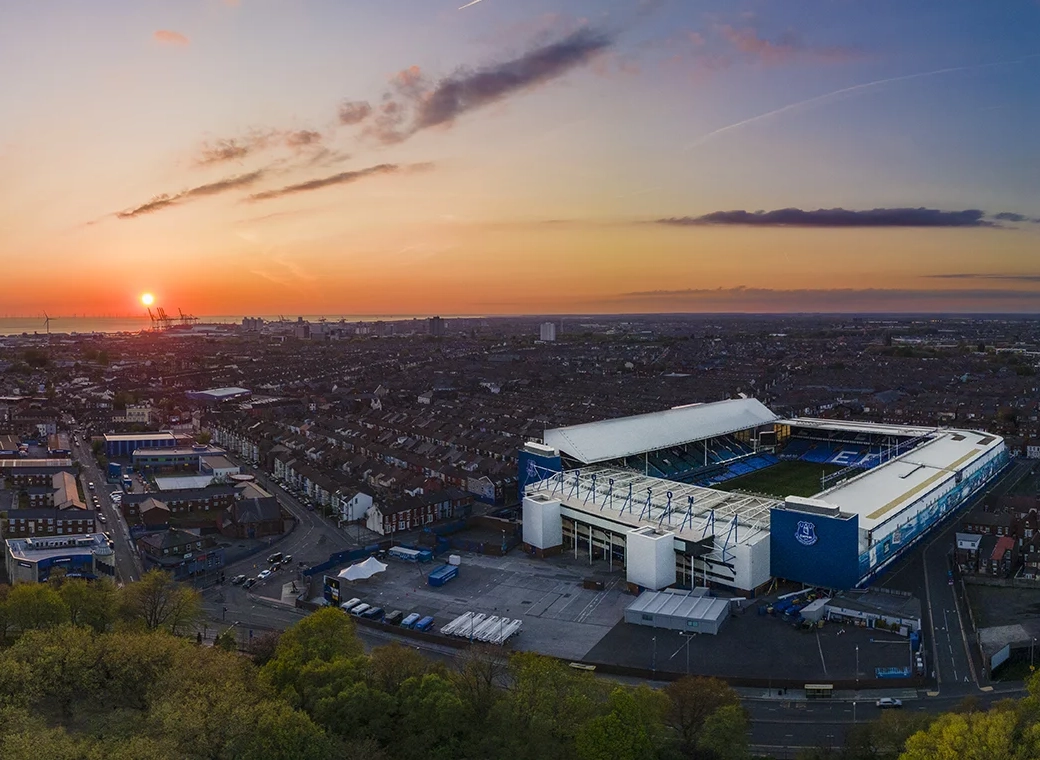Good afternoon everyone and welcome to another edition of 'The A-Z of useless facts about small towns in the UK'. Today we're looking at the town of Aldershot in Hampshire.
The name Aldershot may derive from alder trees found in the area, from Old English 'Alder-holt' means copse of trees. Aldershot was included in the 1086 Domesday Book, as part of the Hundred of Crondall. In later centuries, the town was mapped by John Norden in the 1607 edition of William Camden's Britannia and indicates that Aldershot was a tiny market town of less than 1000 population, however, that changed with the establishment of Aldershot Garrison at the time of the Crimean War, which saw Aldershot become the first permanent training camp for the British Army. This led to the population of Aldershot increasing to in excess of 16,000 in 1861.
In 1914, Aldershot had the largest army camp in the country with 20% of the British Army being based here. At the outbreak of hostilities in WW1, the units based at the town became the 1st Corps of the British Expeditionary Force and became a vital cog in Kitchener's Army. The Cambridge Military Hospital was the first base hospital to receive casualties from the Western Front and it was also here that plastic surgery was first performed in the British Empire by Captain Gillies (Soon to become Sir Harold Gillies)
During the Second World War, approximately 330,000 Canadian Troops were stationed here, becoming the largest force of British Commonwealth troops ever to be stationed in the UK at one time.
Aldershot was frequently targeted by the IRA *spits* (sorry about that, it's a natural reaction whenever I hear or mention the IRA *spits*) due to being the Home of the British Army, but Aldershot to its credit never cowed from the cowards who murdered civilians instead of legitimate military targets.
In contemporary times, the British Government has allowed the great Gurkha soldiers who have served for more than 4 years to settle in the UK. As most were stationed in Aldershot the town now has a Nepalese population of 6,000.
Famous landmarks in Aldershot include a statue of the first Duke of Wellington, mounted on his horse, Copenhagen. The Aldershot Observatory and The Aldershot Buddhist Centre are also worth a visit, indeed the Buddhist Centre was opened by the 14th Dalai Lama in 2015. At this point, I'd just like to pay credit to the Dalai Lama, his teachings and wise words should always be considered, especially ahead of the Pope and Archbishop of Canterbury.
Aldershot has a population of 33,840 (give or take) and is a safe Tory seat.
Football?
Aldershot Town play in the the National League.
Did you know?
Aldershot is twinned with Sulechow in Poland, Meudon in France and Oberursel in Germany.
Thus concludes another edition of 'The A-Z of useless facts about small towns in the UK'. Sorry it's short but this man is feeling extremely hungover right now. Join us tomorrow when we'll be looking at the town of Aldridge in the West Midlands, until then, keep the noise down and don't ask me any questions x










